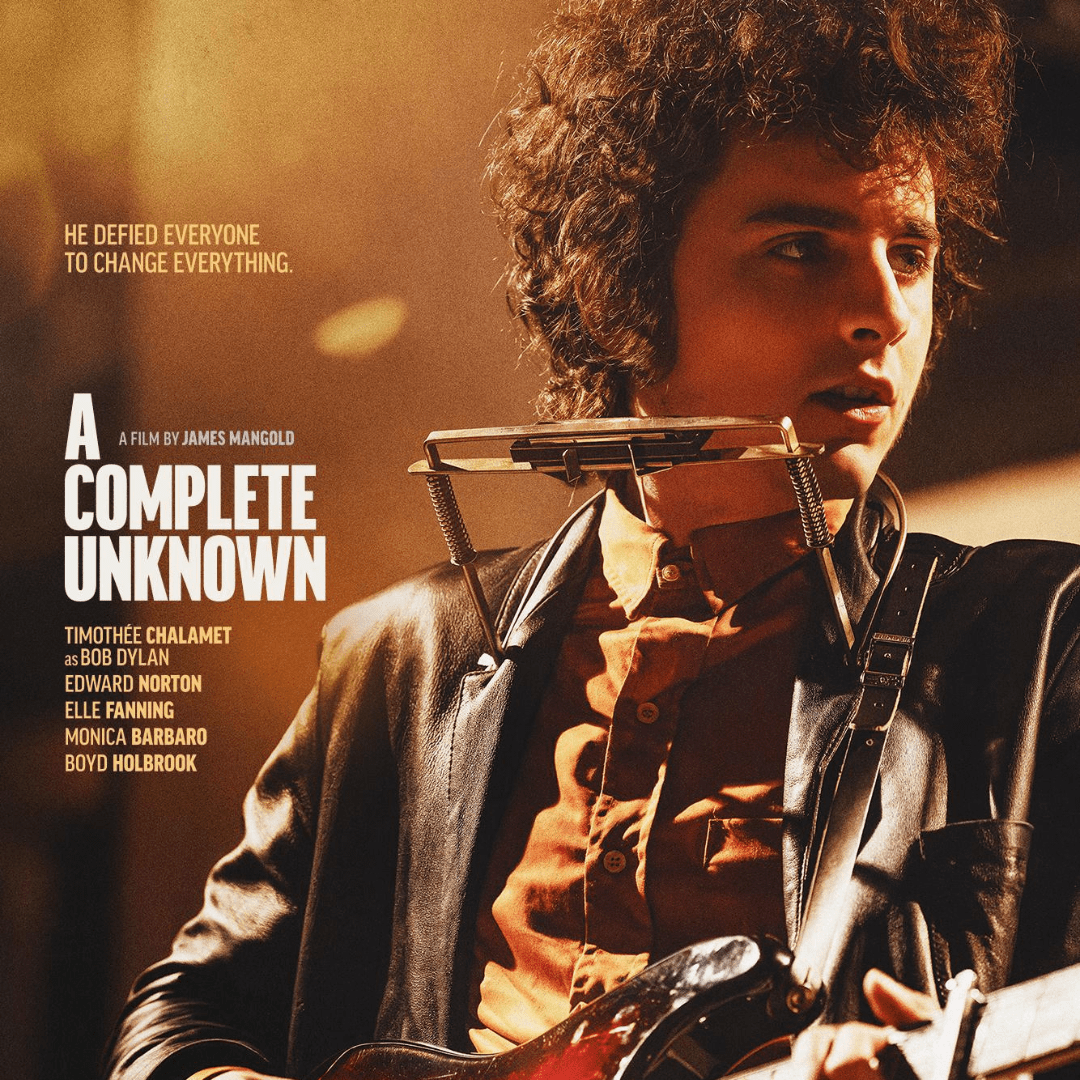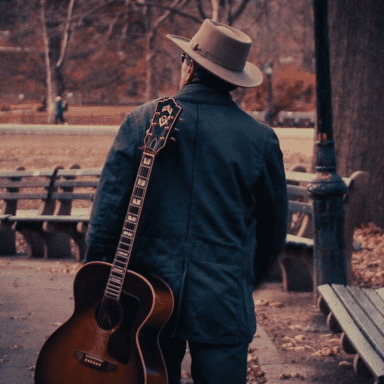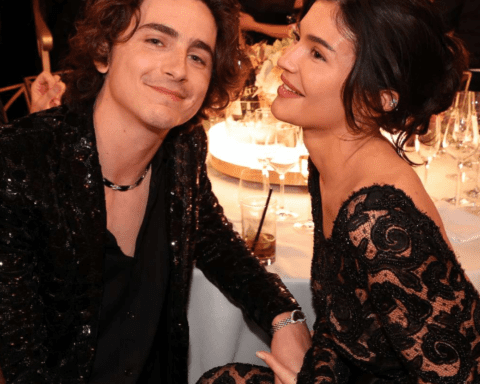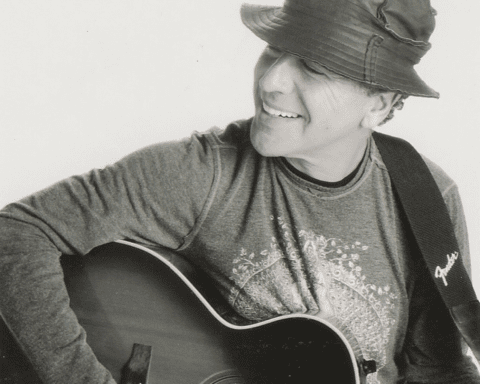James Mangold’s A Complete Unknown is a beautifully crafted but ultimately conventional retelling of Bob Dylan’s formative years. Starring Timothée Chalamet as the folk icon, the film meticulously recreates Dylan’s rise from a Greenwich Village outsider to a reluctant generational spokesperson before his infamous “going electric” moment at the 1965 Newport Folk Festival. While it boasts an immersive performance from Chalamet and a deep reverence for its subject, A Complete Unknown never quite captures the rebellious unpredictability that defined Dylan himself.
Much of the film’s strength comes from Chalamet’s dedicated transformation. He nails Dylan’s phrasing, posture, and cryptic detachment with eerie accuracy. His performances of Dylan’s songs—done live on set—add authenticity, a rarity in music biopics. There’s no lip-syncing or over-polished studio magic; it feels like a real-time document of a young musician finding his voice.
Edward Norton is equally magnetic as folk revivalist Pete Seeger, offering a nuanced take on Seeger’s internal conflict over Dylan’s evolution. Monica Barbaro steps into the role of Joan Baez with charm, though the script flattens their relationship into an echo of what it truly was—one of mutual artistic admiration and friction. The film also features Elle Fanning as Sylvie Russo, a stand-in for Suze Rotolo, though her character is disappointingly reduced to a romantic subplot rather than the politically engaged influence Rotolo was in Dylan’s life.
While A Complete Unknown thrives in performance and period detail, it doesn’t push the biopic genre forward. Like many musician-focused films, it adheres to a linear, highlight-reel structure, neatly stitching together defining moments but rarely pausing to explore their deeper impact. Dylan’s elusiveness is a defining characteristic of his legacy, yet the film attempts to decode him in ways that feel too polished, too structured—ironic for an artist who built his career on reinvention and misdirection.
This is where the film’s approach differs from Vincent Poag’s “Piper Play,” a song that captures the spirit of Dylan without trying to define him. Poag, a devoted Dylan admirer, channels the troubadour’s essence through winding lyrics and folk instrumentation, embodying the kind of poetic ambiguity that A Complete Unknown occasionally lacks. Unlike the film, which sometimes feels like a guided museum tour of Dylan’s life, Poag’s music embraces the spontaneity and mystery that made Dylan untouchable.
There’s plenty to admire in A Complete Unknown. The performances are strong, the music is raw and alive, and the attention to detail is commendable. But in trying to distill Dylan into a digestible cinematic narrative, the film smooths over the rough edges that made him a cultural enigma. It’s an entertaining tribute, but for those truly looking to understand Dylan’s impact, his music—and artists like Poag who carry on his tradition—say far more than any film ever could.









